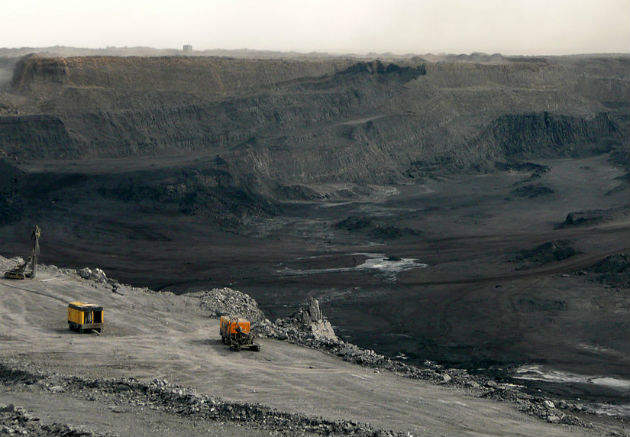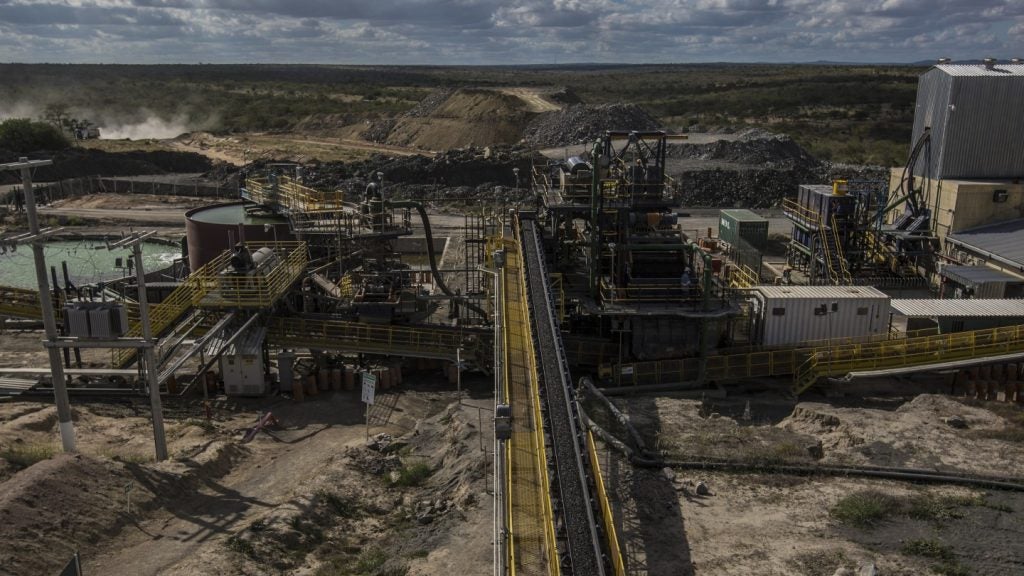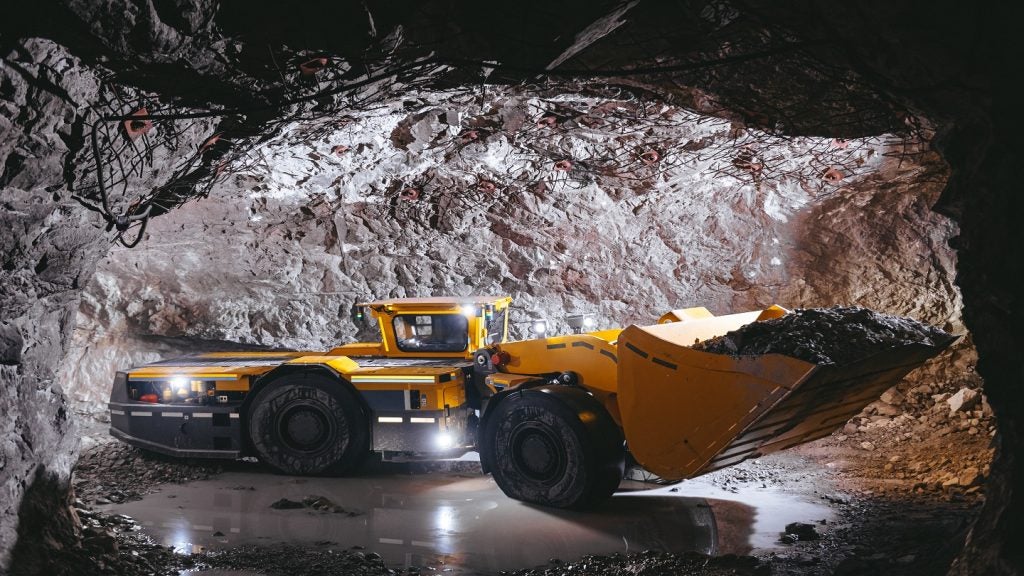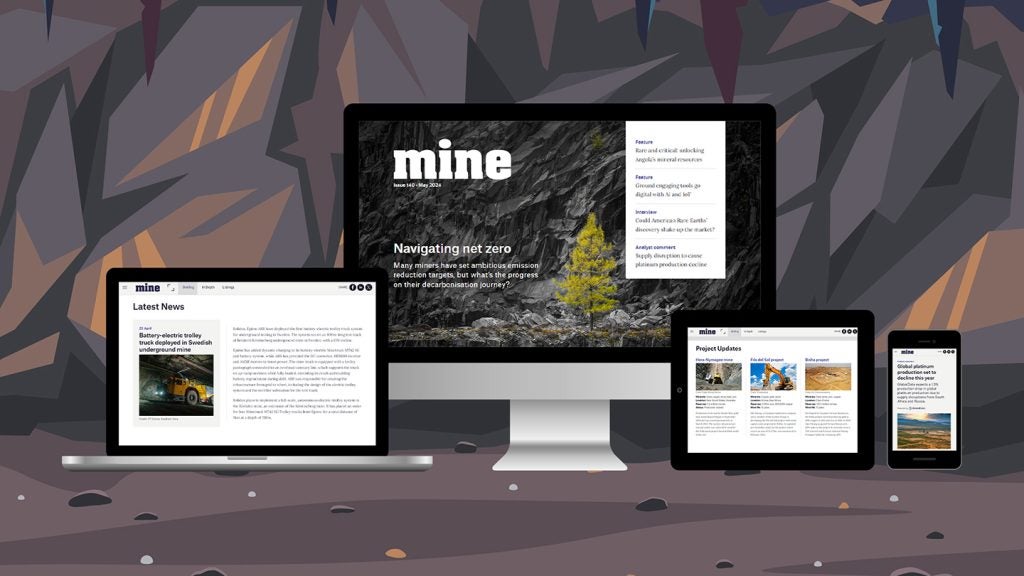
Mongolia is a mineral-rich country boasting large copper, gold and coal deposits; however, until recently just 9.6% of its land was available for prospecting. But this is about to change, as the Mongolian Mining Minister Dashdorj Tsedev announced in early March that 20.9% of the country will soon be opened up for exploration.
This will allow Mongolia to profit from its estimated 162 billion metric tonnes of coal, an amount which puts it within the top 15 coal rich countries in the world. The coal is distributed across 1.5 million km² relatively evenly, but it differs in quality. The biggest proven reserve lies within the South Gobi desert where 6.4 billion tonnes of coal is located, of which 40% is high quality coking coal making it a likely key area for further exploration.
As well as coal, more than 120,000t of copper are mined in Mongolia annually, which will increase as the metal becomes an ever more sought after resource. The country is ranked 12th in the world for copper researches, with 35 million tonnes (Mt) of copper located in the South Gobi desert alone.
Shoring up the economy post-bailout
So why expand exploration now? Mongolia is seeking to shore up its economy following an International Monetary Fund (IMF) led bailout earlier this year. A stabilisation package of $5.5bn is being provided by the Asian Development Bank, World Bank and bilateral partners, including Japan and South Korea and the People’s Bank of China.
"Fiscal consolidation is a key priority, as loose fiscal policy in the past was a major driver for Mongolia's current economic difficulties and high debt," says Koshy Mathai, IMF's team leader for the package.
See Also:
In 2011, Mongolia was one of the fastest growing economies in world, experiencing 17.5% growth mainly on the back of a mining boom. However, year-on-year this has fallen, in 2015 growth was just 4% according to IMF. As global coal and copper prices dropped so did Mongolia’s revenue. International investment in mining has also been hurt by licensing disputes causing a sense of insecurity, prompting international investment to drop in 2013 by 54% over the previous year.
How well do you really know your competitors?
Access the most comprehensive Company Profiles on the market, powered by GlobalData. Save hours of research. Gain competitive edge.

Thank you!
Your download email will arrive shortly
Not ready to buy yet? Download a free sample
We are confident about the unique quality of our Company Profiles. However, we want you to make the most beneficial decision for your business, so we offer a free sample that you can download by submitting the below form
By GlobalDataReliance on the mining industry necessitated this bailout, however, the industry has also brought economic benefits. For instance, poverty in Mongolia dropped by more than 11% between 2010 and 2012, predominantly within cities. But as traditional industries are threatened and die out, nomadic people and rural communities continue to live in high levels of poverty, with few having access to running water or electricity.
This discrepancy in wealth has caused concern about the true economic impact of mining for Mongolians.
Mining in Mongolia: going beyond Oyu Tolgio
Mining accounts for around a quarter of GDP and more than 80% of exports in Mongolia. These are predominantly to China, Mongolia’s proximity to which has facilitated a long-standing trade partnership and given it an edge over competitors such as Russia.
There is already large-scale mining in Mongolia, the most famous operation being Oyu Tolgoi copper-gold mine in the South Gobi region. Part owned by the Government of Mongolia (34%) and Turquoise Hill Resources (66%) and managed by Rio Tinto, the majority owners of Turquoise Hill Resources. Oyu Tolgoi began operations in 2013 and is expected to be active for at least another 50 years.
By December 2015, Oyu Tolgoi had exported 1.5Mt of ore concentrate to China and is set to increase its operations. Until recently only open pit sites had been employed, but 80% of the resource lies too deep for this method, and in late 2016 construction started on a series of tunnels to expand the mine downwards. IMF predicts that by 2021 Oyu Tolgoi will contribute a third of Mongolia’s GDP.
Oyu Tolgoi is one of the biggest copper-gold mines in the world, but there are several other well-established deposits in Mongolia yielding these minerals, including Centerra Gold’s Boroo mine. Alongside these are many coal mines where mostly coking coal is excavated. According to the Mongolian Government Agency for Land Minerals and Oil, coal production and exports are already up this year, and “mining increasing by 165.8% compared to the same period last year, sales by 203.56% and export performance by 48.5%”.
Currently, Mongolia generates 95% of its energy from coal, making it an essential resource. 60% of the Mongolian population lives within the capital city, Ulaanbaatar, the constant development of which requires increasing amounts of energy ensuring its coal reliance continues.
Moving away from coal
By more than doubling mining exploration, Mongolia could potentially raise GDP, employment and economic security. Gold and copper look set to retain their high values in coming years, with 2016 seeing demand for gold increase by 2% and reach a four-year high of 4,308.7t.
The growing popularity of electric cars and vehicles is having a positive knock-on effect on copper demand. As many global ore deposits are becoming depleted, Mongolia is expecting to profit from a surge in market demand that can be met through expanded exploration into untapped resources.
However, relying on mineral reserves to secure Mongolia’s economic future is not without risk; not least is the global shift away from coal. Despite the vast amount of coal Mongolia exported to China last year, it was just a fraction of the quantities delivered in the past, as China is stepping up its focus on renewable energy generation. The latter’s commitment to becoming a global leader in green technology and reducing its reliance on coal could harm Mongolia’s prospects.
The International Energy Agency (IEA) estimates that global coal demand will drop by more than 500Mt of coal equivalent in the five years following 2016, largely triggered by the decline in Chinese coal consumption.
But while China can no longer be relied upon to receive masses of coal from Mongolia, there is hope that the country’s recent decision to cease imports from North Korea could fill the estimated 24Mt to 32Mt gap.
Great explorations: the effects of more mining
Environmental concerns are part and parcel of modern mining, and there are fears that all new mines in the country could be faced with the same regulatory hurdles Oyu Tolgoi overcame. Oyu Tolgoi was plagued with criticism over damage to the surrounding areas and habitats of animals, some endangered.
Also, local herders have been affected by Oyu Tolgoi, claiming the site has disrupted an area traditionally used for cattle herding by a largely nomadic population. In 2013, herders petitioned and filed a complaint to the World Bank’s Compliance Advisor Ombudsman in April 2013, which is yet to be answered.
Mongolia is the second biggest land-locked country in the world, and as mining operations require a large, constant flow of water, it is sure to put a strain on local natural resources. A 2010 World Bank study stated that the Gobi Desert ground water is only enough to last the next decade, and that this is being polluted and depleted at an accelerated rate due to increased mining activities.
Oyu Tolgoi sources water from a deep, underground saline aquifier and claims to be one of the most water -efficient mines in the world, using just 0.44m3 of water per tonne of ore processed. However this has been disputed by locals.
Rio Tinto is keen to emphasise the economic benefits local communities are getting from the mine, saying that 95% of Oyu Tolgoi employees are Mongolian, and that between 2010 and 2015, the company spent $5.4bn in Mongolia. Rio has also signed a Moratorium of Understanding with the Mongolian Ministry of Education, Culture and Science, which will support the development of various vocational and training schemes worth $126m.
The benefits of Mongolia’s mining activities are diverse and disputed. While many remain optimistic about the potential gains, given the country’s resource wealth and recent financial troubles, concerns remain over protecting the environment and the Mongolian way of life, particularly for the Gobi’s nomadic peoples.
It seems that, while mining promises to bring economic wealth and stability, ensuring it is a positive step for the country as a whole will be a difficult and complex task, the success of which remains be seen.






